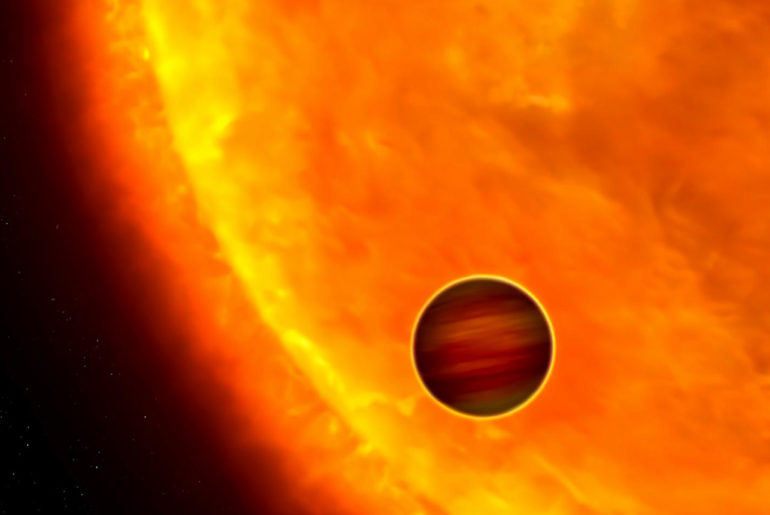
Scientists have discovered around 400 Jupiter-like exoplanets to date, but none like TOI-2109b. This gas giant has approximately five times Jupiter’s mass and orbits its star in a mere 16 hours. Officially the second hottest exoplanet detected so far, it has an extremely tight orbit and its day side is estimated to be at around 3,500 Kelvin, or close to 6,000 degrees Fahrenheit.
The planet’s discovery was made by NASA’s Transiting Exoplanet Survey Satellite (TESS), an MIT-led mission, and due to its properties, stronomers believe the planet is in the process of “orbital decay,” or spiraling into its star. Why? Its extremely short orbit will most likely cause the planet to spiral toward its star faster than other ultrahot Jupiter-like explanets.
- POWERFUL REFLECTOR TELESCOPE: The Celestron AstroMaster 114EQ Newtonian telescope is a powerful and user-friendly reflector telescope. It features...
- NEWTONIAN REFLECTOR OPTICAL DESIGN: With a 114mm aperture, the AstroMaster 114EQ can gather enough light to see our Solar System and beyond. View...
- EASY TO SET UP AND USE: This is a great telescope for kids and adults to use together. It features a manual German Equatorial mount for smooth and...

In one or two years, if we are lucky, we may be able to detect how the planet moves closer to its star. In our lifetime we will not see the planet fall into its star. But give it another 10 million years, and this planet might not be there,” said Ian Wong, lead author of the discovery, who was a postdoc at MIT during the study and has since moved to NASA Goddard Space Flight Center.



